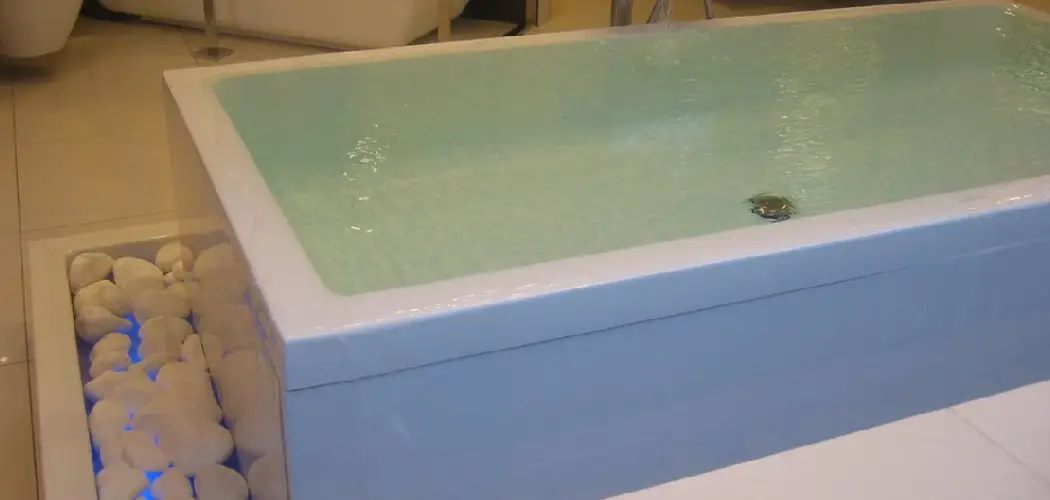If you’ve ever had the unfortunate experience of your tub overflowing, you know how frustrating and messy it can be. In order to avoid this, it’s important to understand why your tub overflows in the first place and take steps to prevent it. In this blog post, we’ll explore the causes of tub overflow and share some tips on how to stop tub overflow drain. Keep reading to learn more.
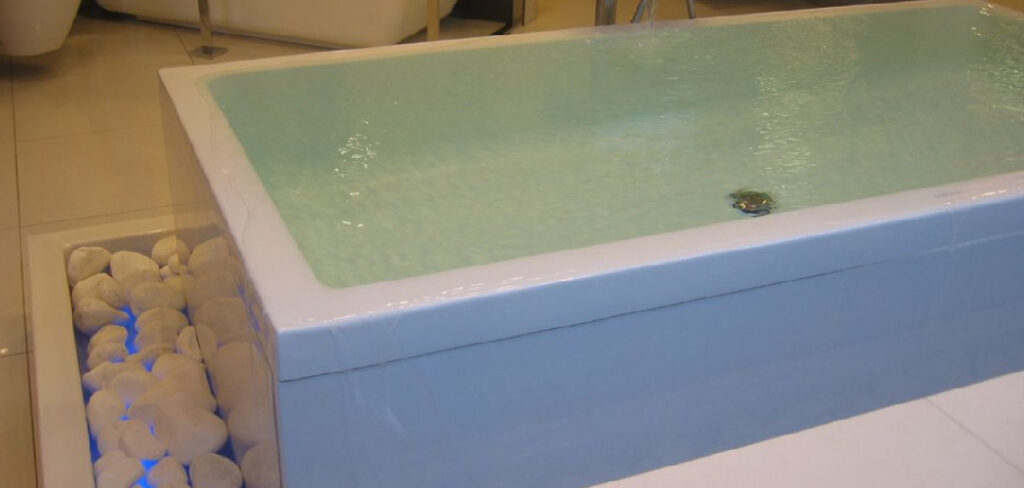
What Causes Tub Overflow?
There are a few different reasons why your tub might overflow. One of the most common is due to a clogged drain. When your tub’s drain becomes blocked, water can’t flow out properly and will start to build up, eventually causing an overflow. Another common cause of tub overflow is a faulty or damaged shut-off valve. If your shut-off valve isn’t working properly, water can continue to flow into your tub even when it’s turned off, leading to an overflow. Another possibility is that your tub’s overflow drain is plugged. This drain is designed to release water if the main drain becomes blocked, but if it becomes plugged in itself, it can cause an overflow.
Why Is Tub Overflow Dangerous?
Aside from being a major inconvenience, tub overflow can also be dangerous. Water overflows onto the floor can create a slip and fall hazard. In addition, if a clogged drain causes the overflow, it can lead to standing water in your tub, which can be a breeding ground for bacteria and mold. It also can cause water damage to your floors, walls, and ceiling.
Some Effective Ways How to Stop Tub Overflow Drain
1. Check the Drain
The first step in how to stop tub overflow drain is to check your drain for any blockages regularly. If you notice that your drain is starting to get clogged, take action to clear the blockage before it has a chance to cause an overflow. Use a plunger or a drain snake to remove any build-up in your drain. First, try a plunger. If that doesn’t work, you can use a drain snake to reach any blockages further down the drain.
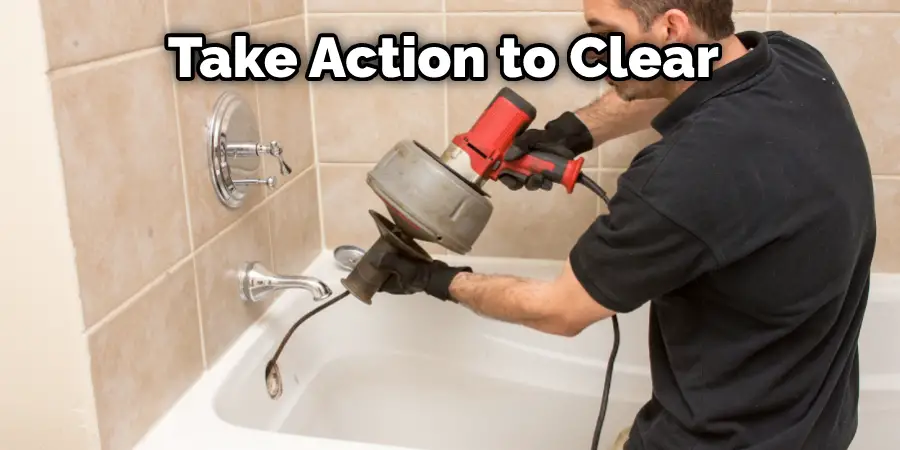
2. Check the Shut-Off Valve
Another important component in preventing tub overflow is the shut-off valve. This valve is responsible for turning the water off in your tub. Ensure that the shut-off valve is in good working condition and that it turns off completely when you turn it. If you have any doubts about the condition of your shut-off valve, it’s best to replace it.
3. Check the Overflow Drain
As we mentioned before, your tub has an overflow drain that is designed to release water if the main drain becomes blocked. However, this drain can become blocked itself, which can cause an overflow. Make sure that the overflow drain is clear and free of any obstruction. To check the drain, first, remove the overflow cover plate. Then, use a wire or a plunger to clear any debris that may be blocking the drain. If you can’t clear the drain yourself, you may need to call a professional.
4. Use a Drain Cover
One simple way to prevent tub overflow is to use a drain cover. This will help to catch any hair or debris before it has a chance to cause a blockage. First, remove the old drain cover and then clean out any debris that may be caught in the drain. Next, place the new drain cover over it and secure it. Drain covers are inexpensive and can be found at most hardware stores.
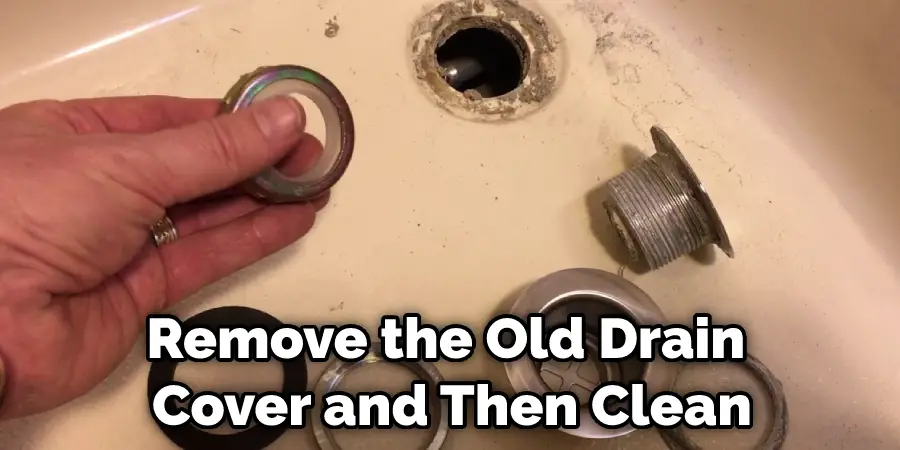
5. Use a Hair Catcher
If you have long hair, using a hair catcher in your tub drain is a good idea. This will help prevent your hair from going down the drain and causing a blockage. First, remove the drain cover. Then, place the hair catcher over the opening of the drain. Finally, replace the drain cover. If you don’t have a hair catcher, you can use a wire to pull the hair out of the drain.
6. Don’t Overload the Tub
One common cause of tub overflow is overloading the tub with too much water. When you are taking a bath, only fill the tub up to the overflow drain. This will help prevent water from spilling out of the tub and onto the floor. If you have a shower head attached to your tub, ensure it is turned off while filling it.
7. Don’t Use the Tub as a Trash Can
Another common cause of tub overflow is using the tub as a trash can. Don’t put any garbage or debris down your tub drain. This can quickly lead to a blockage and an overflow. Only put soap, water, and shampoo down your tub drain. If you need to dispose of trash, put it in the garbage can instead.
8. Install an Automatic shut-off Valve
If you want to take an extra precaution against tub overflow, you can install an automatic shut-off valve. This valve is designed to turn the water off to your tub if it detects a leak. Automatic shut-off valves are relatively inexpensive and can be found at most hardware stores.

9. Repair Leaks Promptly
If you have any leaks in your tub, it’s important to repair them promptly. A small leak can quickly become a big problem if it’s not fixed. Check your tub and faucets for any leaks. If you find a leak, tighten the connection or replace the washer. If you can’t fix the leak yourself, you may need to call a professional.
10. Keep Your Tub Clean
Last but not least, it’s important to keep your tub clean. A dirty tub can quickly lead to a clogged drain. Clean your tub regularly with soap and water. First, remove any hair or debris from the drain. Then, scrub the tub with soap and water. Rinse the tub well and dry it off with a towel. You can use a mild abrasive cleaner if you have any stubborn stains. It would help if you also cleaned the drain regularly to prevent debris from building up.
11. Inspect Plumbing Fixtures Regularly
In order to keep your tub in good working condition, it’s important to inspect all plumbing fixtures regularly. This includes the tub, the drain, the faucets, and the pipes. Look for any leaks or damage. If you find any problems, you should call a professional to have them repaired.

12. Know How to Turn Off the Water
If you have a leak or an overflow, it’s important to know how to turn off the water. Locate the main water shut-off valve and learn how to use it. This valve is usually located near the water meter or the main water line. In the event of an emergency, you can quickly turn off the water and prevent further damage.
13. Have a Plan for Emergency Situations
Even if you take all of the necessary precautions, there is always a possibility that your tub will overflow. That’s why it’s important to have a plan for emergencies. First, you should know where the main water shut-off valve is located. This will help you to quickly turn off the water to your home if there is a problem. It would be best if you also had a plunger on hand in case the tub drain becomes clogged. Finally, you should know how to contact a professional plumber in case of an emergency.
How Much Water Should I Put in My Tub?
Most bathtubs have an overflow drain that is designed to prevent water from spilling onto the floor. When taking a bath, you should only fill the tub up to the overflow drain level. This will help to prevent water from overflowing and causing damage. If your tub does not have an overflow drain, you should fill it up to about two inches below the rim of the tub. Again, this will help to prevent water from spilling onto the floor. Normally, a standard bathtub holds about 60 gallons of water.
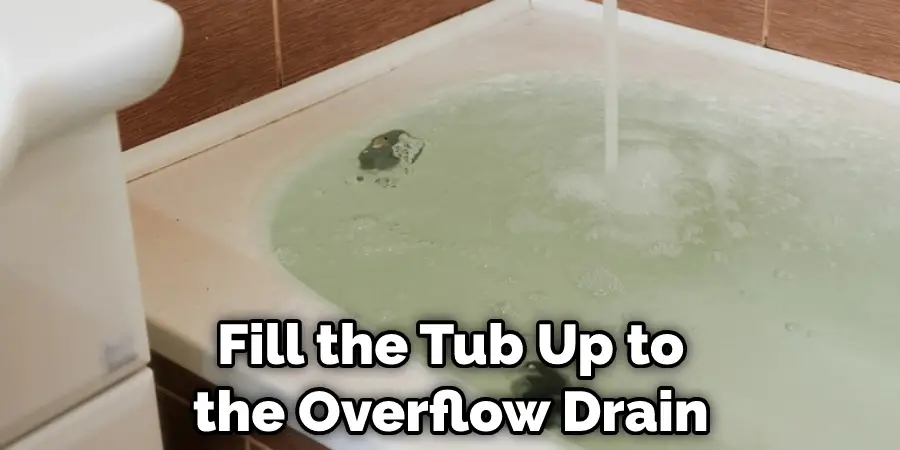
How Much Does It Cost to Fix a Tub Overflow Drain?
If your tub overflow drain is leaking, you may be able to fix it yourself with some basic tools. However, you may need to call a professional if the leak is severe. The cost of repairs will depend on the severity of the problem. You may only need to replace a washer or gasket for minor repairs. These parts are relatively inexpensive and can be found at most hardware stores. You may need to replace the overflow drain for more severe repairs. This will require more work and will be more expensive. Normally, the cost of repairs will range from $100 to $500.
Conclusion
As you can see, there are a few ways how to stop tub overflow drain. Hopefully, one of these methods will work for you and help keep your bathroom clean and dry. Remember, if all else fails and you find yourself with a flooded bathroom, always be sure to call a professional plumber. If you have any questions or need help with your tub overflow drain, feel free to comment below, and we’ll be happy to help. Thanks for reading.
About
Angela is the chief editor of Indoorense. She began her career as an interior designer before applying her strategic and creative passion to lifestyle and home.
She has close to 15 years of experience in creative writing and online content strategy for housekeeping and cleaning,home decorations as well as other efforts.
She loves her job and has the privilege of working with an extraordinary team. She lives with her husband, two sons, and daughter in Petersburg. When she’s not busy working she spent time with her family.

